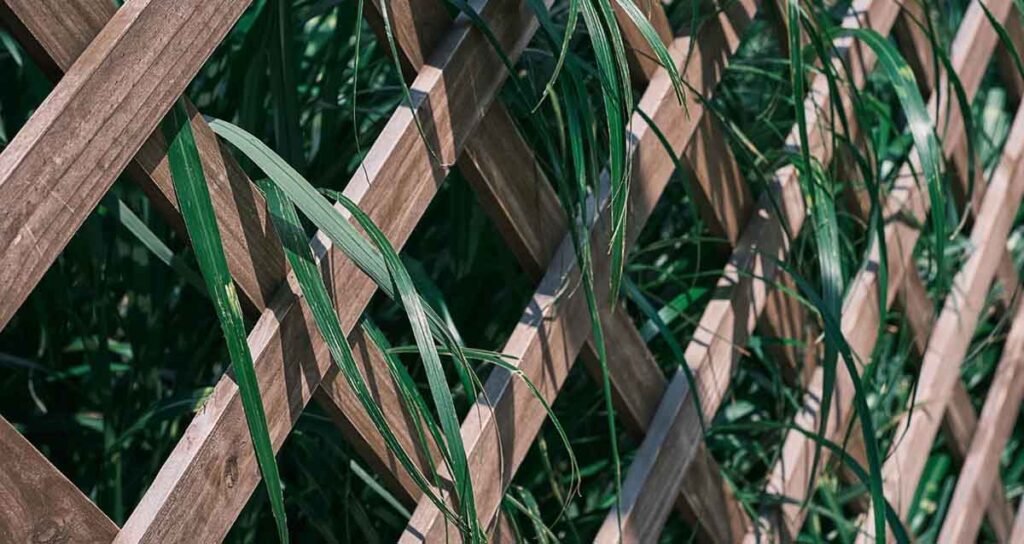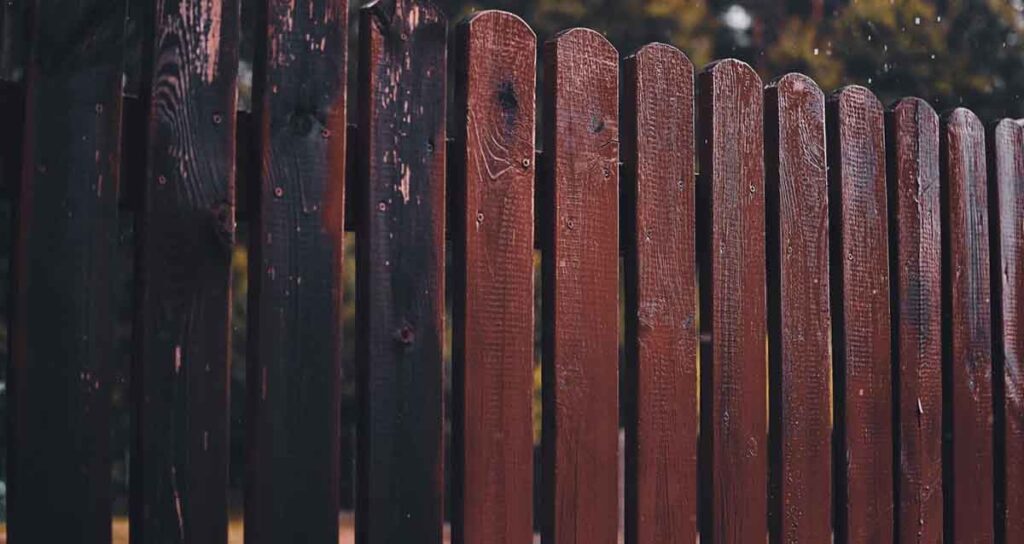- Free Estimates

If you’re a homeowner in Newtown, CT, chances are you have a wood fence on your property. While a wood fence can add beauty and value to your home, it also requires regular maintenance and repair to keep it looking its best. This blog post will discuss tips and tricks for maintaining and repairing your wood fence.
The type of wood used for your fencing in Newtown, CT, will play a big role in its appearance and durability. Cedar, pine, and spruce are the most common types of wood used for fences. The most common types of wood used for fences are cedar, pine, and spruce. Each type of wood has unique characteristics and properties, so choosing the right one for your needs is important.
Cedar is a popular choice for wood fences because of its natural beauty and durability. It is naturally resistant to decay and insects, which makes it a great option for homeowners who want a fence that requires minimal maintenance. Cedar is also known for its ability to withstand harsh weather conditions, making it a great choice for areas with extreme temperatures or heavy rainfall.
Pine is another popular choice for wood fences because of its affordability and versatility. It is readily available and can be treated to resist rot and insects, making it a durable option for homeowners on a budget. Pine can also be stained or painted to match any home design, making it a great option for those who want a customized look for their fence.
Spruce is a softer wood that is more prone to damage than cedar or pine. However, it can still be a good option for certain fence styles, such as picket fences. Spruce is lightweight and easy to work with, which makes it a popular choice for DIY fencing in Newtown, CT.

There are many different styles and designs for wood fencing in Newtown, CT. Some common styles include picket, split rail, privacy, and lattice. Each style has advantages and disadvantages, so choosing the one that best suits your needs is essential.
Picket fences are a classic and timeless option for homeowners who want a traditional look for their homes. They are typically made of evenly spaced vertical boards that are pointed at the top. Picket fences are great for enclosing a front yard or garden area and can add a charming touch to any home.
Split rail fences are a rustic and natural option for homeowners who want a fence that blends in with the surrounding landscape. They are typically made of rough-hewn, natural wood and are commonly used for enclosing large areas such as farms or ranches. Split rail fences are also popular for homeowners who want to create a natural border around their property.
Privacy fences are a popular choice for homeowners who want to create a private outdoor space for their homes. They are typically made of tightly spaced vertical boards that block the view from the outside. Privacy fencing in Newtown, CT, is great for enclosing a backyard or patio area and can add an extra layer of security to your home.
Lattice fences are a decorative and elegant option for homeowners who want to add a touch of sophistication to their outdoor space. They are typically made of crisscrossed slats that create a beautiful pattern. Lattice fences are great for enclosing a garden area or adding privacy to a patio or deck.

Wood fences are popular for homeowners due to their natural beauty, affordability, and durability. However, like any outdoor structure, wood fences are susceptible to several issues affecting their appearance and structural integrity. Here are some common issues that can arise with wood fences:
One of the most common issues with wood fences is rotting. Rot can occur when the wood is exposed to moisture for long periods, leading to decay and weakening of the wood. Rotting wood can also attract insects, which can further damage the fence.
Warping occurs when the wood dries out unevenly or is exposed to temperature or humidity changes. Warped wood can cause the fence to become uneven, which can compromise its structural integrity.
Insects can also cause damage to wood fences, particularly termites and carpenter ants. These insects feed on wood and can cause significant damage over time. Insect damage can weaken the wood, making the fence more susceptible to rotting and warping.
Over time, wood fences can also experience general wear and tear. This can include fading, cracking, and splitting of the wood. While these issues may not necessarily affect the fence’s structural integrity, they can detract from its appearance.

Regular maintenance ensures that your wood fence looks great and remains structurally sound. Here are some tips for maintaining your fence:
Dirt, debris, and even bird droppings can build up on your fence over time, leading to staining and discoloration. Use a pressure washer or a garden hose to clean your fence at least once a year. If you notice any stubborn stains, you can use a wood cleaner and a scrub brush to remove them.
Wood is susceptible to damage from the sun and moisture, so it’s important to treat and stain your fence regularly to keep it looking its best. Choose a high-quality wood sealant or stain that is designed for outdoor use, and apply it according to the manufacturer’s instructions. This will help protect your fence from rot, warping, and insect damage.
To prevent these issues, it’s important to keep your fence dry and well-ventilated. Trim back any bushes or trees growing near your fence to ensure they don’t trap moisture against the wood. You should also inspect your fence regularly for any signs of rot or insect damage, such as soft or hollow wood, termite tunnels, or sawdust. If you notice any issues, it’s important to address them promptly to prevent further damage.
Repairing your wood fence is an important part of maintenance to ensure that it remains in good condition for years to come. Here are some tips for repairing your fence:
The first step in repairing your fence is to identify any damage or issues. Walk around your fence and inspect each post, rail, and board for any signs of damage, such as cracking, splitting, or rotting. Look for any loose or missing screws or nails, and check the overall stability of your fence.
If you have loose boards or rails on your fence, you can fix them by nailing or screwing them back into place. Make sure to use corrosion-resistant screws or nails to prevent future issues. If the wood is cracked or split, you may need to replace the board entirely.
If your fence has damaged posts or panels, you may need to replace them entirely. This process can be more involved, but addressing the issue is essential to prevent further damage. Start by removing the damaged post or panel and inspecting the surrounding wood for any signs of rot or insect damage. If the wood is still in good condition, install a new post or panel using concrete and screws or nails. If the wood is damaged, you may need to replace more than just the post or panel.
Once you have repaired your fence, preventing future damage is essential. This includes regular maintenance, such as cleaning and treating your fence and keeping plants and bushes trimmed back from your fence. Consider adding a layer of gravel or other material around the base of your fence to prevent moisture from seeping into the wood.
Maintaining and repairing your wood fence is an important part of homeownership. While many fence repairs can be done independently, there are some situations where it’s best to hire a professional fencing contractor like Newtown Fence Contractor. From regular maintenance to complex repairs and installations, they have the experience and expertise to get fencing in Newtown, CT, done correctly. By following the tips and tricks outlined in this blog post and hiring Newtown Fence Contractor, you can ensure that your wood fence looks great and lasts for years.